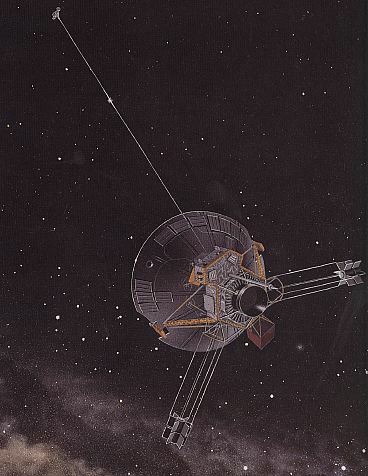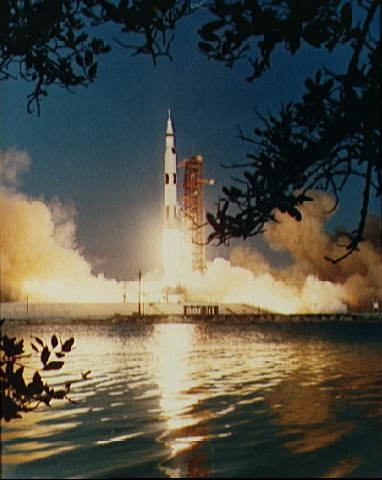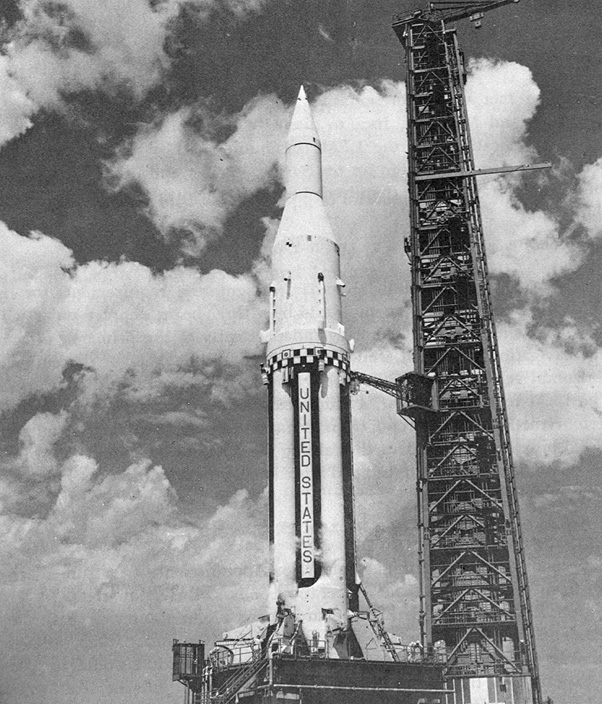Twenty years ago today — April 26, 1993 — the Space Shuttle Columbia launched from the Kennedy Space Center on an international Spacelab mission.

(Spacelab D-2 in the shuttle payload bay. Note the lightning flashes in the clouds below. NASA image.)
The STS-55 crew consisted of U.S. astronauts Steven R. Nagel, Terence T. Henricks, Jerry L. Ross, Charles J. Precourt, Bernard A. Harris Jr., and Ulrich Walter, plus German astronaut Hans W. Schlegel. The shuttle carried the second of the German-built reusable Spacelab modules, and the crew spent 9 days in space conducting a variety of experiments in the laboratory. One highlight of the mission was the first IV established in orbit, in which Dr. Harris “inject[ed] Schlegel with saline as part of study to replace body fluids lost during adaptation to weightlessness.”
Then, on this date 10 years ago, astronaut Edward T. Lu launched from the Baikonur Cosmodrome on mission Soyuz TMA-2, making him the first U.S. astronaut to serve as the Flight Engineer of a Soyuz spacecraft. The spacecraft commander was cosmonaut Yuri I. Malenchenko, and their destination was the International Space Station where they became the Expedition 7 crew.
Finally, 5 years ago today — April 26, 2008 — a Soyuz-Fregat rocket launched from Baikonur carrying GIOVE-B (Galileo In-Orbit Validation Element-B), the second of two test spacecraft for the European Union’s own fleet of navigational satellites.

















